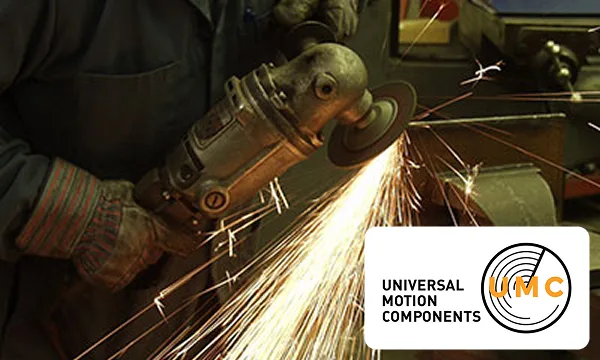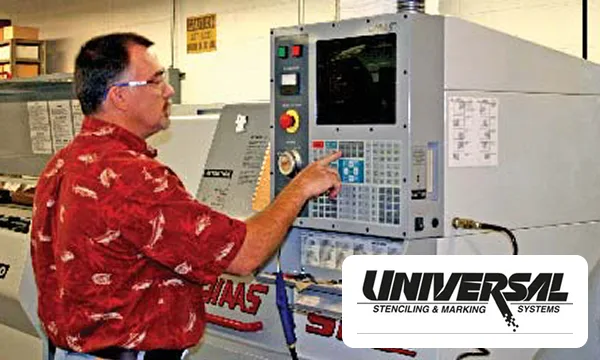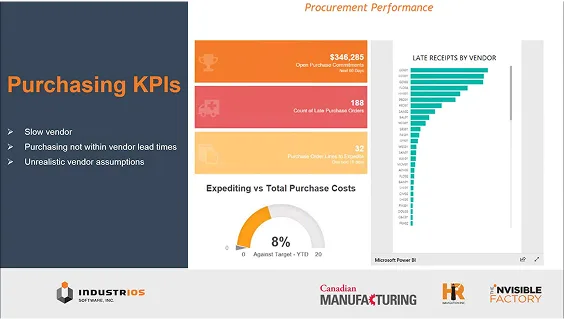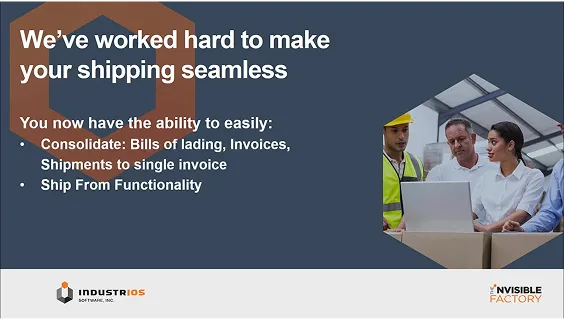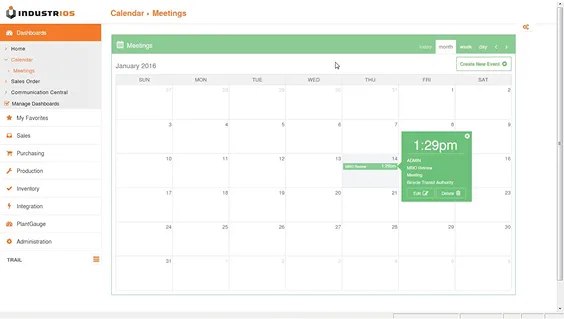Cost Analysis in MTO: 9 Key Evaluations for Successful Cost Management
This guide to cost analysis for make-to-order manufacturers covers nine methods, including job costing, variance analysis, and capacity utilization, helping manufacturers understand and optimize costs to improve their bottom line.

Due to their customized production processes, make-to-order (MTO) manufacturers face unique cost management challenges. To stay profitable and competitive, MTO manufacturers must learn more about cost analysis, which is essential for understanding cost structures and making informed decisions that support the unique demands of custom manufacturing.
Cost Analysis Key Takeaways
- Job costing helps MTO manufacturers determine order costs and ensure precise pricing.
- Variance analysis identifies cost discrepancies for swift corrective action.
- Overhead and capacity analyses optimize resource use and enhance productivity.
- Profitability and make-or-buy analyses aid in strategic decision-making and growth.
Make-to-Order Recap
MTO manufacturing is characterized by its bespoke approach, where each product is created based on individual customer specifications. This customization demands a flexible production system and a detailed understanding of cost structures to ensure that operations remain efficient and profitable. Unlike mass production, MTO requires precise cost tracking to adjust to varying order demands.
For make-to-order manufacturers seeking to manage their production processes more effectively, Industrios’ ERP solutions offer valuable support in handling cost structures. With software tailored for flexible operations, Industrios helps improve efficiency and profitability. Explore how Industrios can assist your MTO business in achieving practical success.
9 Cost Analyses for Make-to-Order Manufacturers
Effective cost management in MTO manufacturing hinges on a series of targeted analyses. These analyses help manufacturers dissect their cost structures, identify inefficiencies, and make strategic decisions to enhance financial performance.
#1 – Job Costing
At the heart of MTO manufacturing is job costing, a critical analysis that itemizes expenses associated with individual orders. This involves tracking direct materials, direct labor, and overhead costs allocated to each job. By breaking down these components, manufacturers can assess specific orders’ total cost and profitability. Job costing provides the foundation for accurate pricing, ensuring that all incurred expenses are reflected in customer quotes and that profit margins are safeguarded.
#2 – Variance Analysis
Variance analysis helps identify discrepancies between actual and projected costs:
- Compares actual costs against budgeted or standard costs
- Pinpoints reasons for cost variations (e.g., material price changes, labor inefficiencies)
- Enables swift implementation of corrective measures
#3 – Overhead Rate Analysis
Due to their indirect nature, managing overhead costs is complex. Overhead rate analysis involves calculating these costs and ensuring they are appropriately allocated to products or orders. This analysis is crucial for achieving accurate product costing and financial transparency. Properly managed overhead rates prevent distortions in cost reporting, support strategic decision-making, and enhance profitability.
#4 – Target Costing
Target costing shifts the focus to designing products that meet predetermined cost objectives. By setting a target cost derived from subtracting a desired profit margin from a market price, manufacturers are encouraged to innovate and find cost-effective production methods. This analysis promotes efficiency from the outset of product development, ensuring that cost objectives align with market competitiveness. Understanding the cost implications of production volume changes leads us to marginal cost analysis.
#5 – Marginal Cost Analysis
Marginal cost analysis evaluates the costs associated with producing one more unit, which helps manufacturers make informed decisions about scaling production. This insight is pivotal for setting pricing strategies that optimize profitability at different production volumes. Understanding resource allocation becomes essential as production scales, leading to capacity utilization analysis.
#6 – Capacity Utilization Analysis
This analysis highlights the costs of underutilization or overutilization, providing a basis for optimizing resource allocation. By fine-tuning capacity use, manufacturers can enhance productivity and reduce costs, leading to more competitive pricing and improved margins.
#7– Profitability Analysis
Profitability analysis examines the financial returns from various products, orders, or customer segments. By identifying which areas generate the most and least profit, manufacturers can strategically allocate resources and focus on high-margin activities. This targeted approach enhances overall business performance and ensures sustainable financial growth.
#8 – Make or Buy Analysis
A critical decision for MTO manufacturers is to produce components in-house or source them from external suppliers. Make-or-buy analysis compares the costs and benefits of both options, ensuring that production decisions maximize efficiency and cost-effectiveness. This analysis aids in strategic planning and resource optimization. Accurate forecasting is crucial, which is where cost estimation comes into play.
#9 – Cost Estimation
This process involves forecasting future project costs using historical data, current market conditions, and industry trends. Reliable cost estimates enable manufacturers to set realistic prices and manage customer expectations, fostering strong client relationships and ensuring project profitability.
Final Thoughts on Cost Analysis
Make-to-order manufacturers benefit significantly from thorough cost analysis to understand cost structures and improve financial performance. By utilizing tools such as job costing, variance analysis, and overhead rate analysis, these manufacturers can gain valuable insights into their operational costs, which supports informed decision-making and boosts profitability.
To further enhance the effectiveness of cost analysis, consider using Industrios’ ERP solutions. These tools provide detailed insights into operational costs, improving decision-making and profitability. Find out how Industrios can support your business’s growth.
[Request a Demo]







